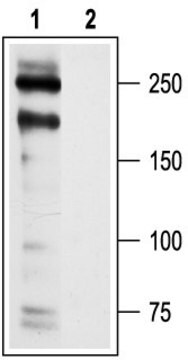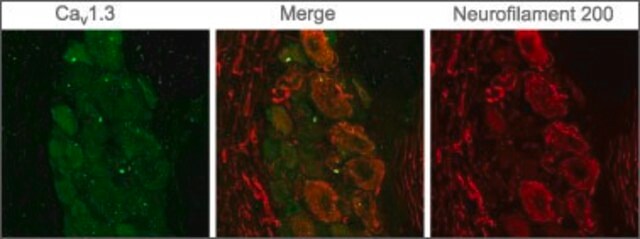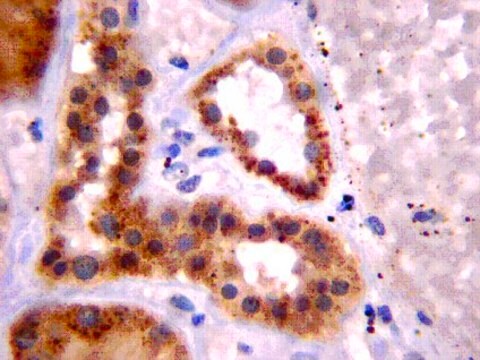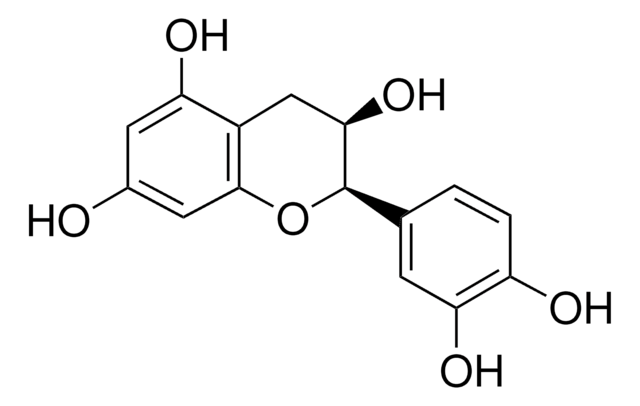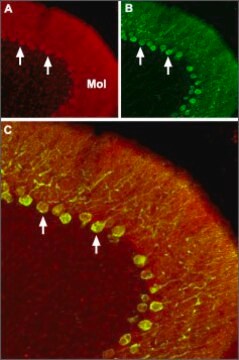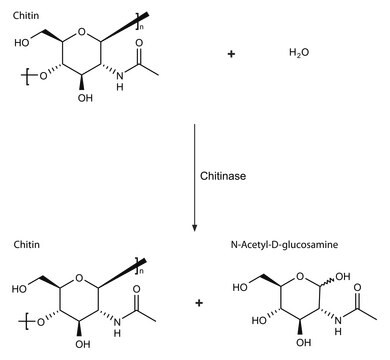C1603
Anti-Calcium Channel (α1C Subunit) (L-type of Voltage-gated Ca2+ Channel) antibody produced in rabbit
affinity isolated antibody
Sinônimo(s):
Anti-CACH2, Anti-CACN2, Anti-CACNL1A1, Anti-CCHL1A1, Anti-CaV1.2, Anti-LQT8, Anti-TS, Anti-TS. LQT8
About This Item
Produtos recomendados
fonte biológica
rabbit
Nível de qualidade
conjugado
unconjugated
forma do anticorpo
affinity isolated antibody
tipo de produto de anticorpo
primary antibodies
clone
polyclonal
reatividade de espécies
human, rat, mouse, rabbit
técnica(s)
immunohistochemistry: suitable using Rat brain sections
western blot: 1:200 using Rat brain and rat heart membranes
nº de adesão UniProt
temperatura de armazenamento
−20°C
modificação pós-traducional do alvo
unmodified
Informações sobre genes
mouse ... Cacna1c(12288)
Categorias relacionadas
Descrição geral
Especificidade
Imunogênio
Aplicação
- SDS-PAGE
- western blotting
- coimmunoprecipitation
Immunohistochemistry (1 paper)
forma física
Exoneração de responsabilidade
Não está encontrando o produto certo?
Experimente o nosso Ferramenta de seleção de produtos.
recomendado
Código de classe de armazenamento
10 - Combustible liquids
Classe de risco de água (WGK)
WGK 3
Ponto de fulgor (°F)
Not applicable
Ponto de fulgor (°C)
Not applicable
Escolha uma das versões mais recentes:
Já possui este produto?
Encontre a documentação dos produtos que você adquiriu recentemente na biblioteca de documentos.
Os clientes também visualizaram
Nossa equipe de cientistas tem experiência em todas as áreas de pesquisa, incluindo Life Sciences, ciência de materiais, síntese química, cromatografia, química analítica e muitas outras.
Entre em contato com a assistência técnica